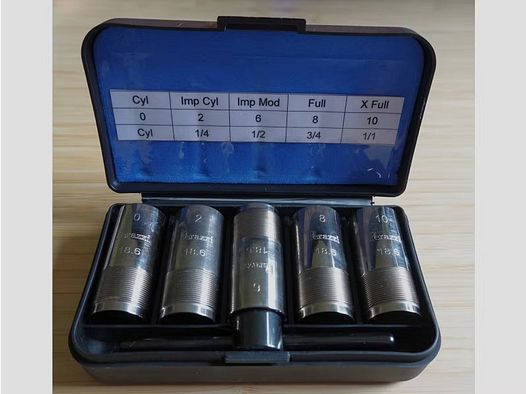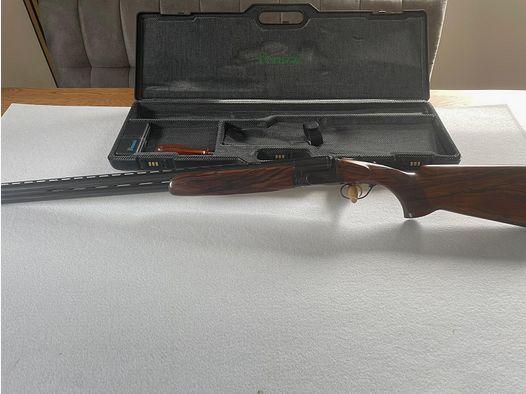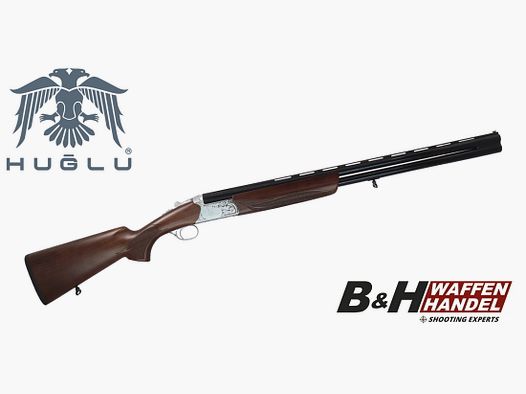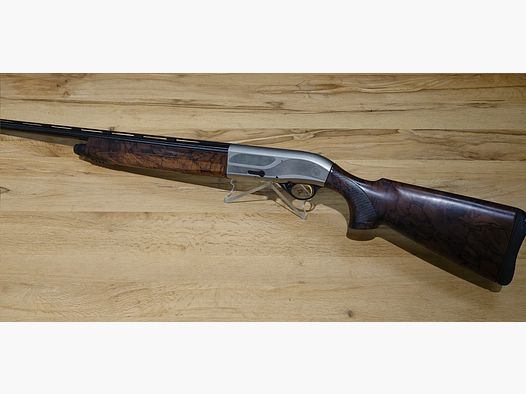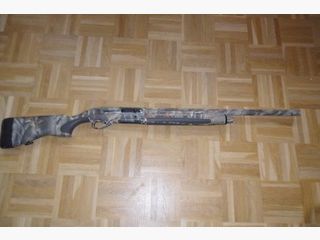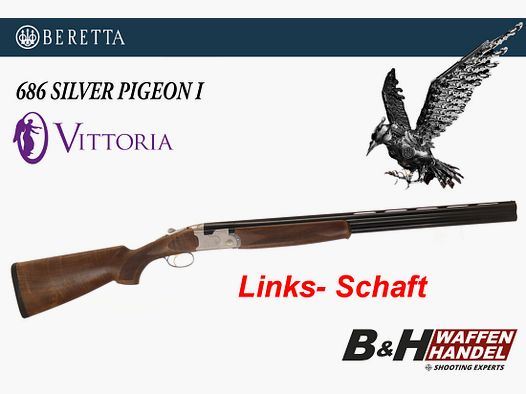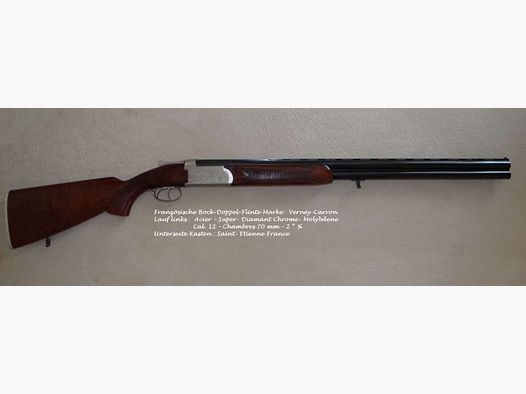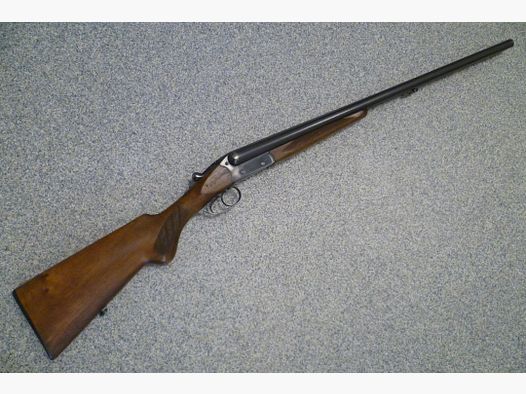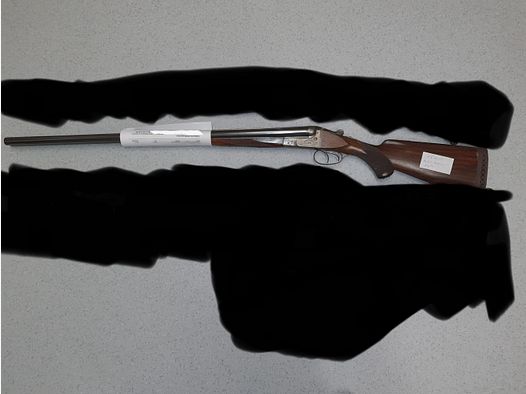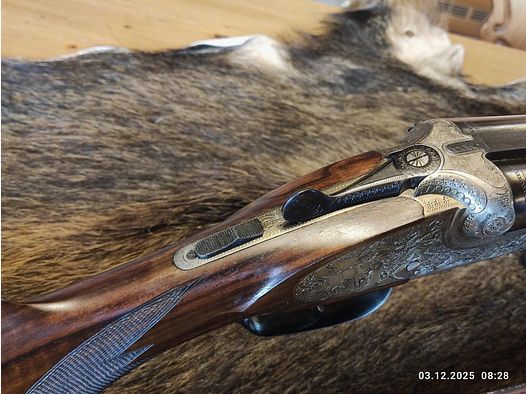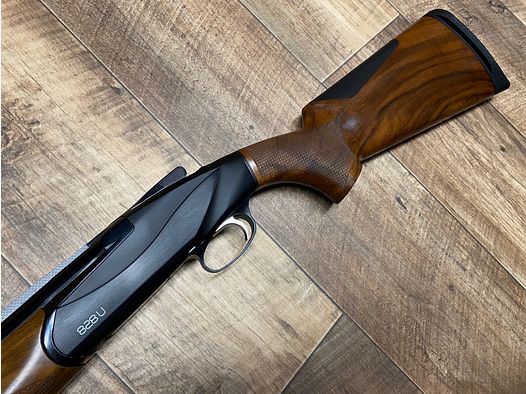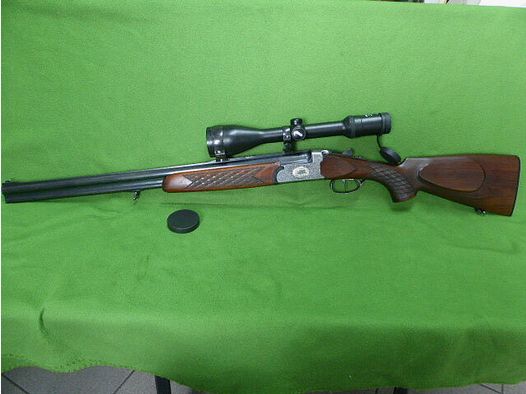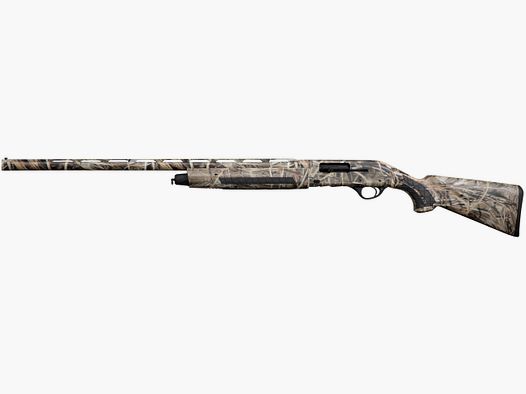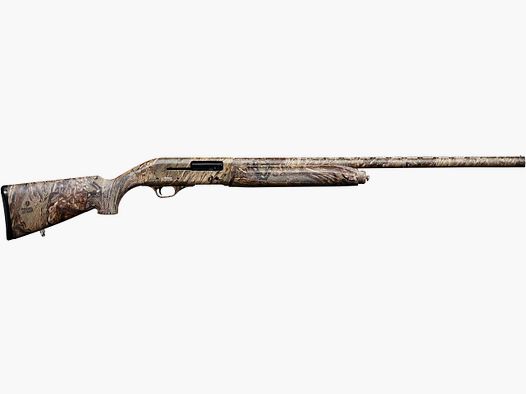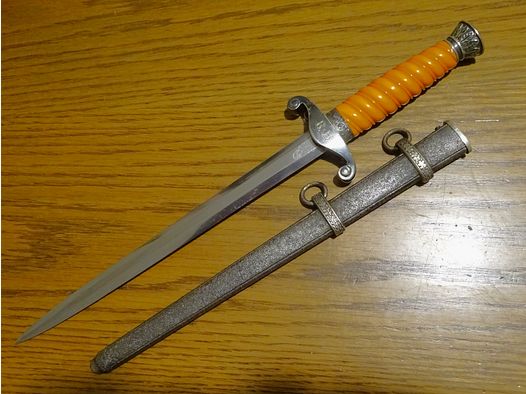Shotgun: which choke?
Chokes are "constrictions", meaning narrowing or widening of shotgun barrels. They influence the spread of the shot pattern. Whether a high or low spread is advantageous depends on various factors.
High spread of the shot pattern: A high spread is beneficial when the distance to the target is short, and despite the wide spread, a sufficiently effective coverage of the target is achieved. This is generally achieved by widening the barrel.
Low spread: If the distance to the target is greater, the shot pattern must be held together longer to still achieve an effective number of hits. For this, the cross-section of the shot barrel is narrowed. The constriction is about in the range of 0.1 - 1 mm.
Shot sequence: Double shotguns like modern over-and-under shotguns usually have one trigger and two locks. The recoil from the first shot tensions the lock of the second barrel, and the second shot is triggered by pulling the same trigger. The advantage of this construction is that both shots cannot accidentally be fired simultaneously (so-called "doubling"). In older shotguns, it is common for a double trigger with two trigger levers to be installed. This has disadvantages: First, the index finger must switch the trigger between two shots, and second, this can lead to doubling because both locks are tensioned at the same time. Finally, the shooter can make a mistake when pulling the trigger - due to the chokes, it is relevant which shot is fired first.
The first shot from a shotgun should be fired from the barrel with the wider spread. If the target to be shot at is not hit with the first shot, it moves away from the shooter, requiring the second shot to be taken at a greater distance. For this reason, hunting shotguns have different chokes, usually a ¼ choke for the first shot and a full choke for the second shot: The "higher" the number before "choke", the tighter the choke and the more concentrated the shot pattern.
Measuring choke effect: The measurement of the effect of chokes in shotgun barrels is determined by shooting at a 16-inch test target. The target, which is shot from a distance of 35 meters, has an inner circle with a diameter of 35 cm, which is divided into four parts. The outer circle surrounding this inner circle has a diameter of 75 cm and is divided into twelve fields. By shooting at the target, it is measured how many pellets reach this circle of one meter in diameter at that distance and where they hit the target. With a ¼ choke, about 55% of the load hits the target, with a ½ choke about 60%. A full choke delivers about 75% of the shot load to the target at a distance of 35 meters.
Choke constriction in mm:
| Barrel constriction | Lead shot | Steel shot |
| 0.000 mm | Cylinder | Skeet |
| 0.125 mm | Skeet (sk) | ¼ choke |
| 0.250 mm | ¼ choke (quarter choke) | ½ choke |
| 0.380 mm | ¼ – ½ choke | ¾ choke |
| 0.500 mm | ½ choke (half choke) | 1/1 choke |
| 0.625 mm | ¾ choke | – |
| 0.750 mm | ¾ – 1/1 choke (three-quarter choke) | – |
| 0.850 mm | 1/1 choke (full choke) | – |
| 1.050 mm | 5/4 choke (full choke) | – |
Hunting use
In hunting use, the size of the shot grain is crucial. Shots at small game (excluding roe deer) are mainly taken at distances of up to 35 meters. If, as with old shotguns, interchangeable chokes can be screwed in, a ¼ choke and a full choke are generally recommended for hunting - as always, however: Test for safety yourself!



